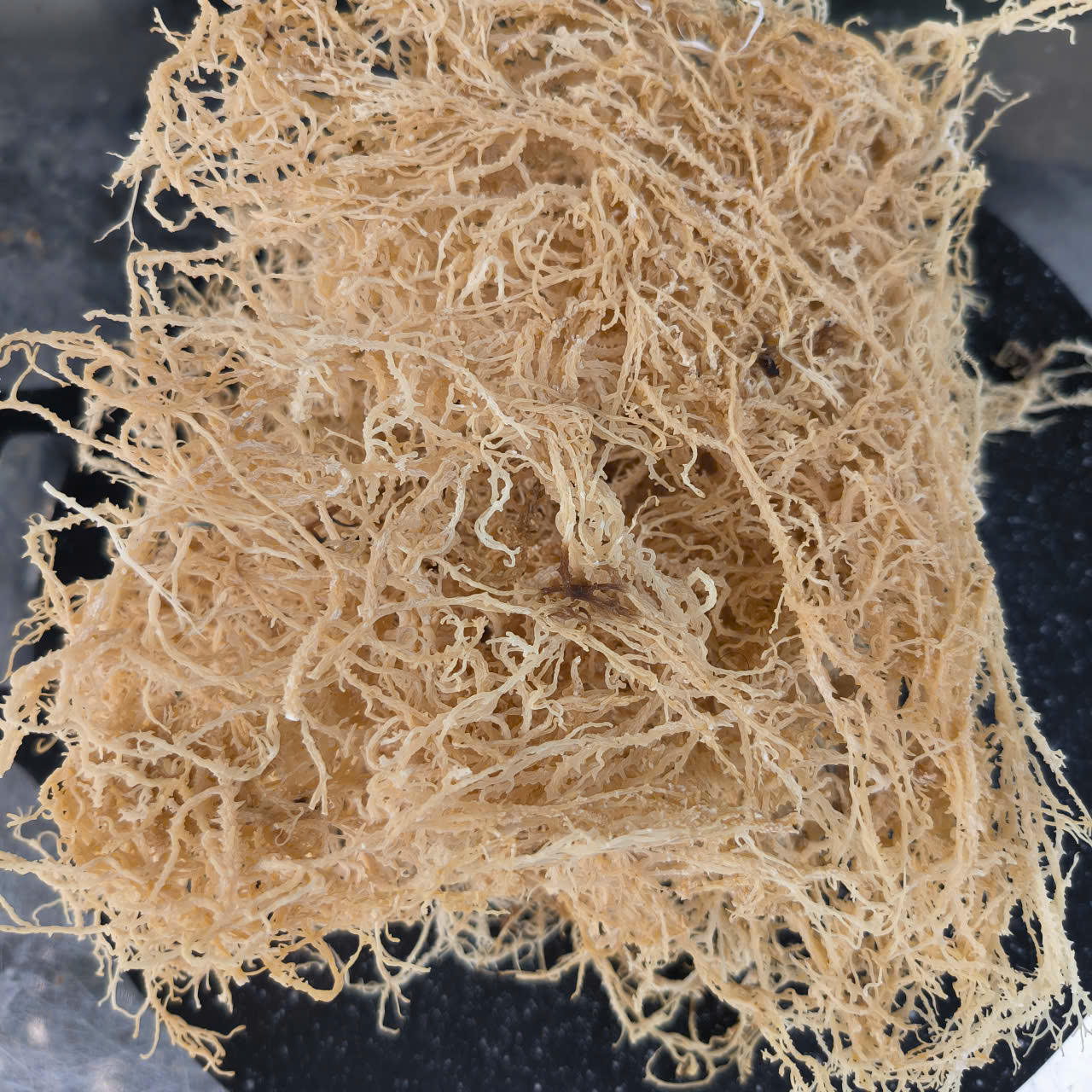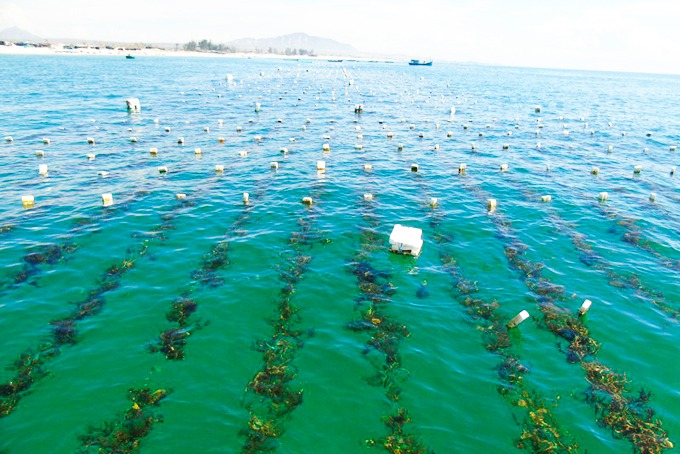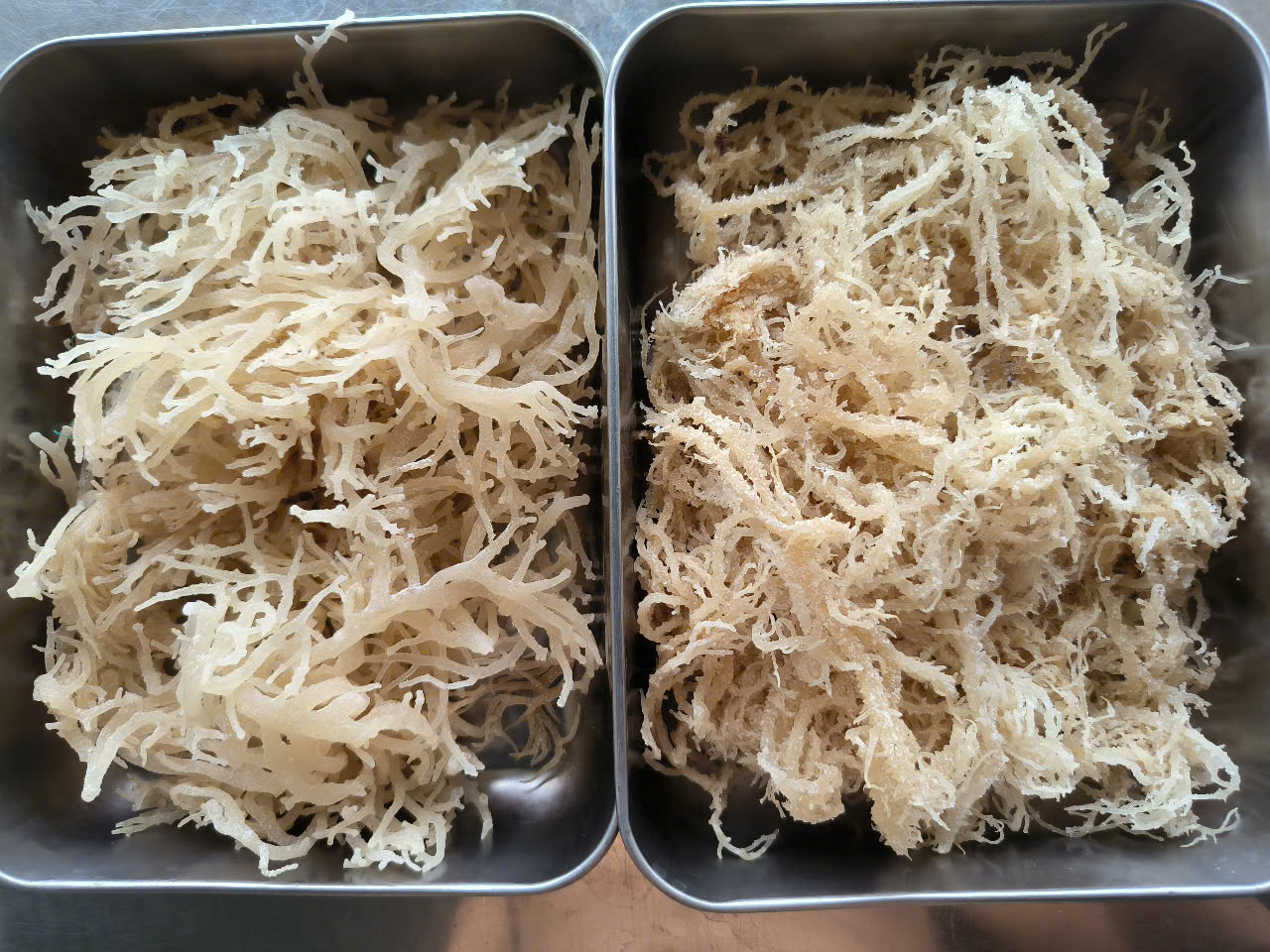Spinosum for carrageenan is gaining increasing attention from manufacturers in the cosmetics, pharmaceutical, and food industries. Beyond its carrageenan content, the growing global focus on environmental responsibility, sustainability, and competitive advantage has positioned Spinosum as an essential raw material aligned with these priorities. Manufacturers are not only evaluating it for its functional benefits but also considering it as a strategic shift toward eco-conscious sourcing.
If you are currently evaluating whether spinosum for carrageenan should be adopted as a raw material alternative, considering its performance and the broader advantages, take a moment to explore the key insights outlined below.
1. Why is Spinosum a "strategic asset" in the sustainable supply chain, rather than just a raw material?
In a global context where green production and sustainable consumption are becoming the new standard, spinosum for carrageenan is no longer merely a type of seaweed used as a raw material. It has evolved into a strategic link in the entire value chain for the functional food, cosmetic, and pharmaceutical industries.

Lam Hong sea moss products
First, spinosum for carrageenan is an ideal plant-based alternative to synthetic additives. With its natural gelling properties, rich nutrient profile, and biodegradability, it enables businesses to enhance product performance while complying with stringent requirements for safety, organic sourcing, and the growing demand for “clean label” products.
Second, spinosum for carrageenan serves as a bridge connecting businesses to ESG (Environmental – Social – Governance) goals. By sourcing Spinosum from certified organic farms, companies not only contribute to the development of coastal communities and the protection of marine ecosystems, but also reinforce their green brand identity and long-term sustainability commitments.
Finally, securing a stable supply of high-quality Spinosum, such as that found in Vietnam's Nha Trang and Phu Yen regions, helps businesses reduce risks of supply chain disruption, strengthen quality control, and gain a competitive edge in the long run.
In other words, choosing spinosum for carrageenan or carrageenan type iota from Spinosum as a production input in food, pharmaceutical, or cosmetic manufacturing is a sustainable development strategy. It aligns production efficiency with social responsibility, and business profit with ethical value.

Lam Hong sea moss farming system
2. The global shift toward transparent supply chains aligned with ESG standards
Over the past decade, the world has witnessed a significant transition from traditional supply chains to models that emphasize transparency, responsibility, and alignment with ESG (Environmental, Social, and Governance) standards. Today’s consumers not only care about the quality of a product but also raise critical questions about how that product was made:
- Where did the raw materials come from?
- Was the harvesting process sustainable?
- Were workers treated fairly?
In industries such as functional foods, cosmetics, and pharmaceuticals, safety, natural origin, and traceability are crucial. Integrating ESG principles into the supply chain has become a prerequisite for maintaining market trust and gaining access to premium markets.
3. The necessity of traceability and reducing impact on marine ecosystems
As marine resources face increasing pressure from overexploitation, the development of seaweed-related industries, especially those involving high-value species such as Spinosum and cottonii, must prioritize traceability and ecosystem conservation.
Traceability is not only a marker of transparency but also enables businesses to ensure that seaweed is harvested from clean waters and following sustainable farming practices that minimize environmental impact. Moreover, optimizing harvesting techniques, reducing wild collection, and expanding controlled aquaculture are essential strategies for alleviating pressure on marine ecosystems. These practices help preserve biodiversity, an indispensable factor in maintaining a long-term and stable raw material supply for the entire industry.

Lam Hong sea moss harvesting process
4. Biological characteristics and structure of Eucheuma Spinosum make it highly suitable for Iota carrageenan extraction
Eucheuma Spinosum is one of the most preferred red seaweed species used as a seaweed base for Iota carrageenan, thanks to its superior biological properties. This species contains a high sulfate content and a distinctive galactan structure, both critical factors for extracting Iota-type carrageenan, which forms soft, elastic gels. These properties are ideal for applications requiring smooth and stable textures, especially in the food and pharmaceutical industries. In addition, spinosum’s rapid growth rate and strong adaptability to controlled aquaculture environments make it an optimal raw spinosum carrageenan material for production systems focused on sustainability and standardization.
5. High stability and easy quality control aligned with industrial standards
One of the key advantages of spinosum carrageenan production is its ability to maintain consistent quality across production batches, meeting the stringent demands of industrial supply chains. Thanks to its stable biological profile and controllable farming processes, spinosum for carrageenan allows manufacturers to standardize input materials effectively, covering moisture levels, carrageenan content, and microbiological parameters.
This is critical to ensure that the extracted Iota carrageenan meets international quality standards, minimizes risks in mass production, and enhances traceability and integration into global supply chains.

All Lam Hong sea moss products consistently meet export quality standards
6. Key benefits of integrating Spinosum into sustainable biotech pipelines
6.1. Cost efficiency through scalable farming in Southeast Asia
Spinosum for carrageenan benefits from extensive cultivation networks across Southeast Asia, where favorable natural conditions and local farming expertise allow for large-scale production at competitive costs. This scalability translates into lower raw material expenses, making Spinosum a cost-effective seaweed base for Iota carrageenan and other biotech derivatives, especially for companies seeking to optimize production budgets without compromising sustainability.
6.2. Strengthening ESG commitments through responsible sourcing
Integrating spinosum for carrageenan supports ESG-driven operations by promoting traceable, eco-conscious sourcing practices. As a seaweed harvested with minimal environmental impact, Spinosum aligns with corporate goals around marine biodiversity preservation, coastal community support, and ethical supply chains, key pillars for manufacturers in the carrageenan and pharmaceutical sectors aiming to meet international ESG benchmarks.
6.3. Seamless integration into controlled extraction pipelines
Thanks to its consistent biochemical profile and compatibility with standardized processing, spinosum for carrageenan can be easily incorporated into controlled extraction systems. Its reliable yield and uniform quality reduce variability during formulation, making it an ideal candidate for industrial biotech applications that require precision, stability, and reproducibility at scale.
7. Lam Hong sea moss: A trusted Spinosum supplier for the sustainable era
Lam Hong sea moss is a cultivator and supplier of organic-certified Spinosum, adhering strictly to environmental standards. While we may not yet be the most well-known or largest-scale provider in Vietnam, we are committed to long-term development, consistent product quality, and the capacity to supply in large volumes. With these strengths, we aim to become a reliable, long-term partner for businesses seeking spinosum for carrageenan production.






